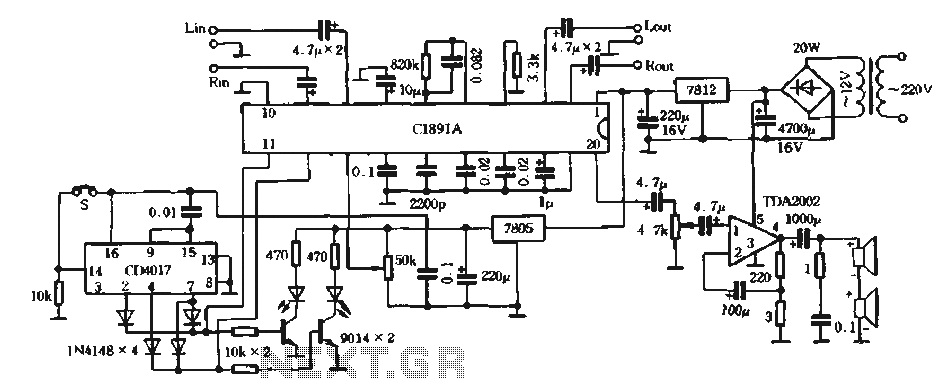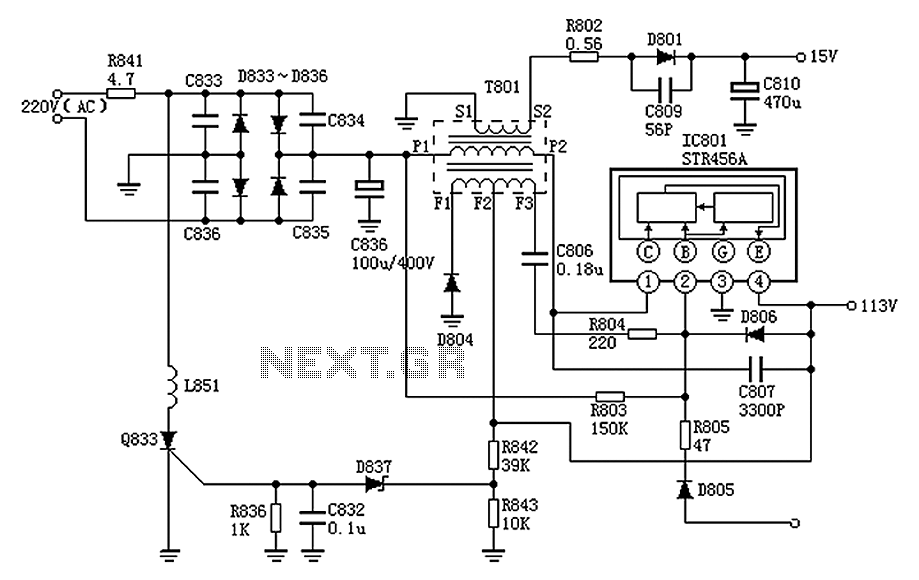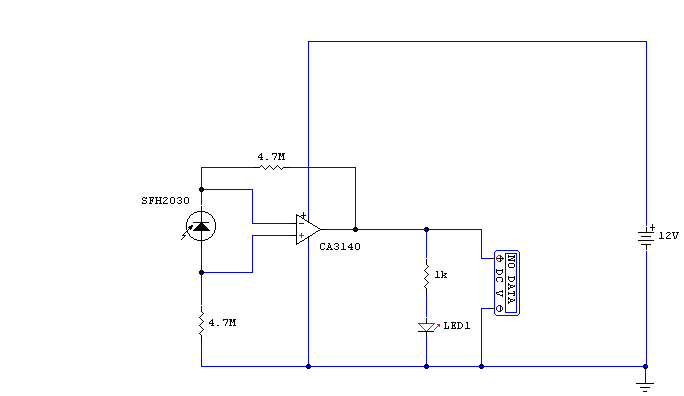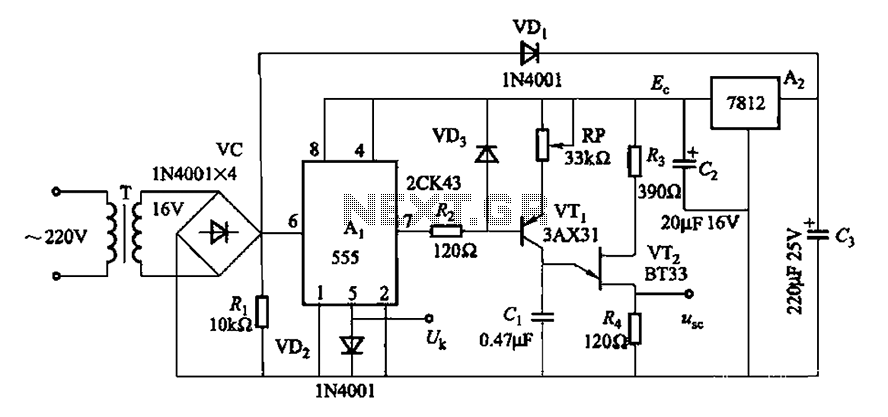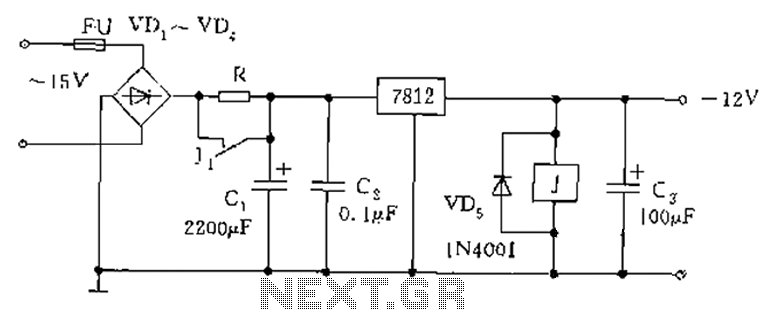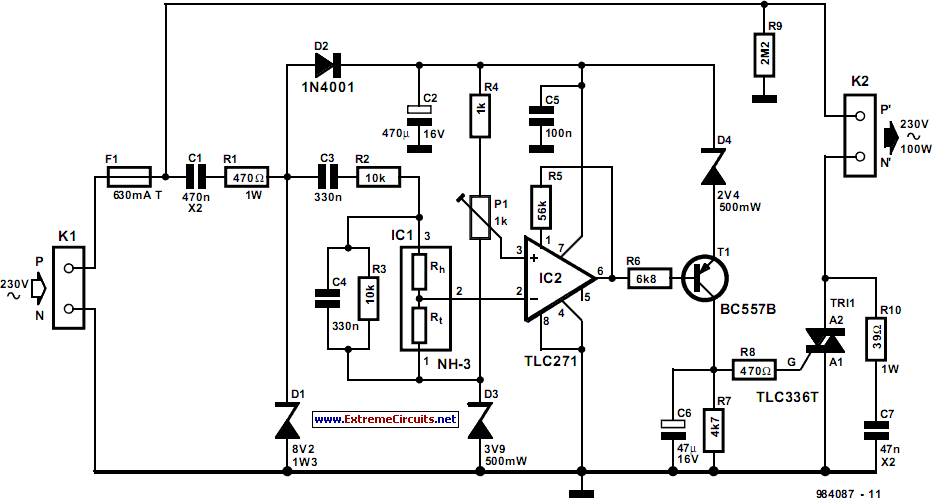
Drinking fountains automatic control circuit diagram
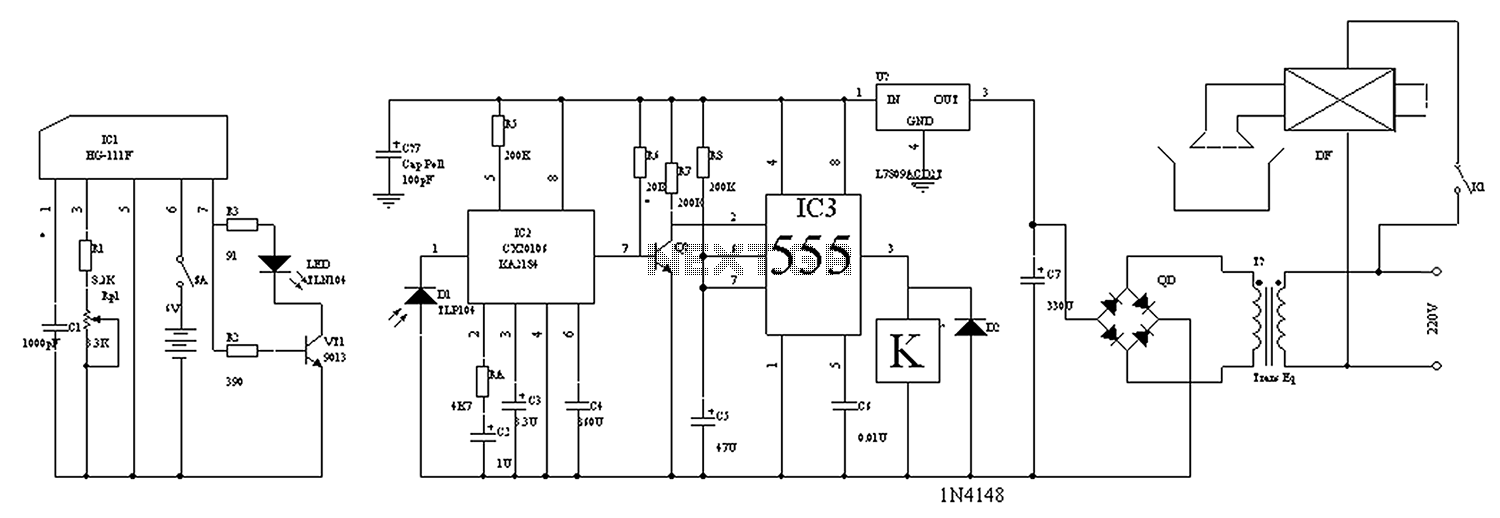
The circuit diagram for the automatic control of drinking fountains is presented below.
The automatic control circuit for drinking fountains typically employs a combination of sensors and control elements to manage the operation of the fountain efficiently. The main components of this circuit include a water level sensor, a microcontroller or timer, a relay, and a power supply.
The water level sensor is responsible for detecting the presence of water in the fountain reservoir. This sensor can be a float switch or a capacitive sensor, which provides an output signal when the water level falls below a predetermined threshold. The microcontroller processes the sensor data and determines whether to activate the fountain.
When the water level is low, the microcontroller sends a signal to the relay, which in turn activates the water pump to refill the fountain. The relay serves as an interface between the low voltage control circuit and the higher voltage pump circuit, ensuring safe operation.
Additionally, the circuit may include a timer function to prevent the pump from running continuously, allowing for programmed intervals of operation. This feature helps conserve water and energy while ensuring the fountain remains functional.
The power supply for the circuit must be adequately rated to support both the control electronics and the pump. Proper circuit protection, such as fuses or circuit breakers, should also be incorporated to safeguard against overloads.
Overall, the automatic control circuit for drinking fountains enhances user convenience and promotes efficient water usage, making it an essential design for modern drinking fountain systems.Drinking fountains automatic control circuit diagram as follows:
The automatic control circuit for drinking fountains typically employs a combination of sensors and control elements to manage the operation of the fountain efficiently. The main components of this circuit include a water level sensor, a microcontroller or timer, a relay, and a power supply.
The water level sensor is responsible for detecting the presence of water in the fountain reservoir. This sensor can be a float switch or a capacitive sensor, which provides an output signal when the water level falls below a predetermined threshold. The microcontroller processes the sensor data and determines whether to activate the fountain.
When the water level is low, the microcontroller sends a signal to the relay, which in turn activates the water pump to refill the fountain. The relay serves as an interface between the low voltage control circuit and the higher voltage pump circuit, ensuring safe operation.
Additionally, the circuit may include a timer function to prevent the pump from running continuously, allowing for programmed intervals of operation. This feature helps conserve water and energy while ensuring the fountain remains functional.
The power supply for the circuit must be adequately rated to support both the control electronics and the pump. Proper circuit protection, such as fuses or circuit breakers, should also be incorporated to safeguard against overloads.
Overall, the automatic control circuit for drinking fountains enhances user convenience and promotes efficient water usage, making it an essential design for modern drinking fountain systems.Drinking fountains automatic control circuit diagram as follows:
Warning: include(partials/cookie-banner.php): Failed to open stream: Permission denied in /var/www/html/nextgr/view-circuit.php on line 713
Warning: include(): Failed opening 'partials/cookie-banner.php' for inclusion (include_path='.:/usr/share/php') in /var/www/html/nextgr/view-circuit.php on line 713
